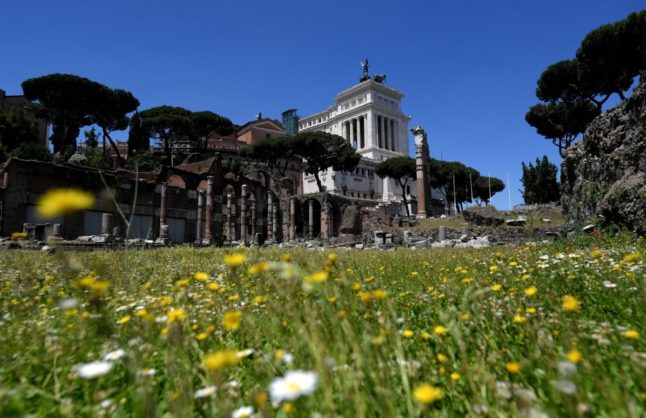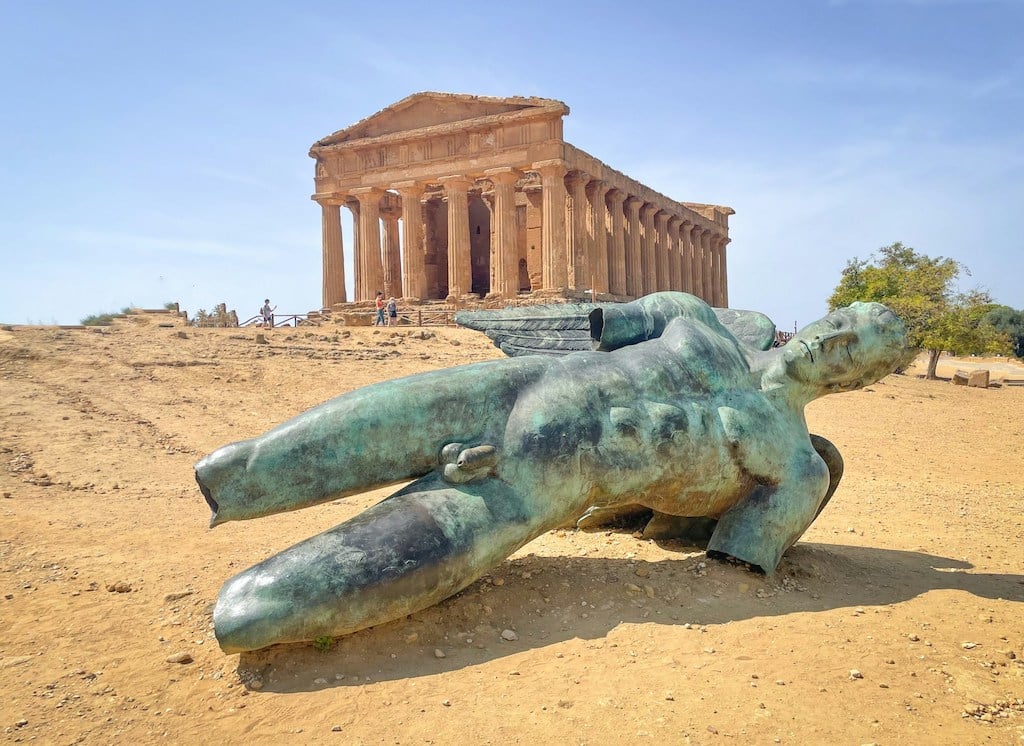La Bella Vita is our regular look at the real culture of Italy – from language to cuisine, manners to art. This newsletter is published weekly and you can receive it directly to your inbox, by going to newsletter preferences in ‘My Account’ or following the instructions in the newsletter box below.
Picking the right spot for a romantic meal or a business lunch in Italy can be tricky without knowing the difference between the various types of restaurants you’ll find.
While everyone has a good idea of what a pizzeria is, how exactly does it differ from a ristorante? What’s the difference between a trattoria and an osteria? And what about an agriturismo?
In some cases, you may hear people say the differences are minimal – and getting smaller. But each type of establishment does have some unique features, which even Italians sometimes struggle to explain. We look at each in the following article:
Trattoria to osteria: Explaining the different restaurants in Italy

If I had to pick a favourite type of Italian restaurant, it would probably have to be the trattoria – these guarantee a lively atmosphere and generous portions of traditional dishes that really are just like nonna used to make.
Italy’s unique trattorie storiche are particularly interesting: they’re thought to be among the world’s oldest restaurants, often dating back to the Middle Ages and the Renaissance, and they offer diners an immersive history lesson along with the food.
But some of these establishments are starting to close as their owners struggle to pay the bills. Reporter Silvia Marchetti wrote about this worrying trend recently, and told us why more people need to seek out these “culinary museums” before they’re lost forever.
Why Italy’s historic trattorias need support before they are lost forever
And whether it’s Sunday lunch at home or a formal event, drinking a digestif after a large meal is a ritual in Italy. But which one do you order?
There is a huge variety of digestivi, with preferences varying from region to region. Still, there are some national favourites which you can expect to find in most restaurants around the country, and we’ve put together a quick guide to these below:
Amaro, mirto, grappa: Do you know Italy’s most popular digestifs?
Remember if you’d like to have this weekly newsletter sent straight to your inbox you can sign up for it via Newsletter preferences in “My Account”.
Is there an aspect of the Italian way of life you’d like to see us write more about on The Local? Please email me at [email protected].




 Please whitelist us to continue reading.
Please whitelist us to continue reading.
Member comments